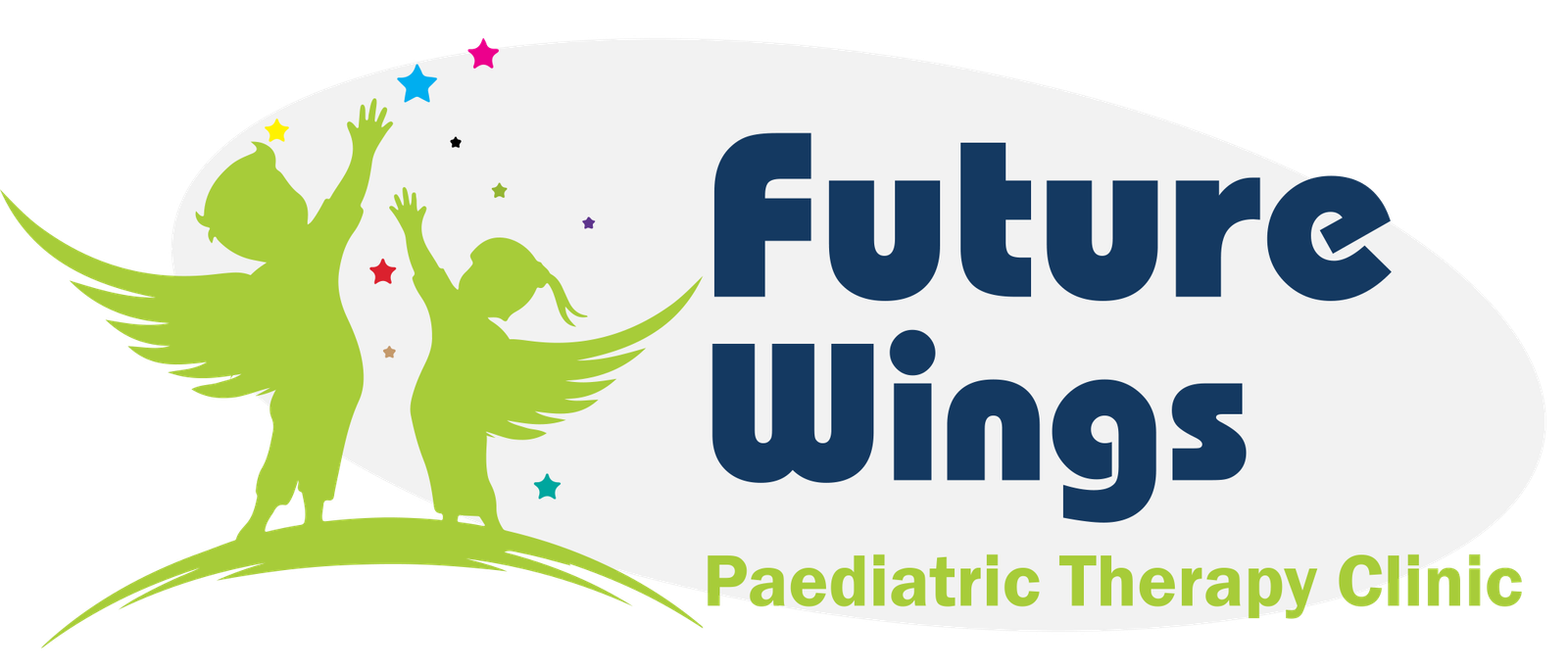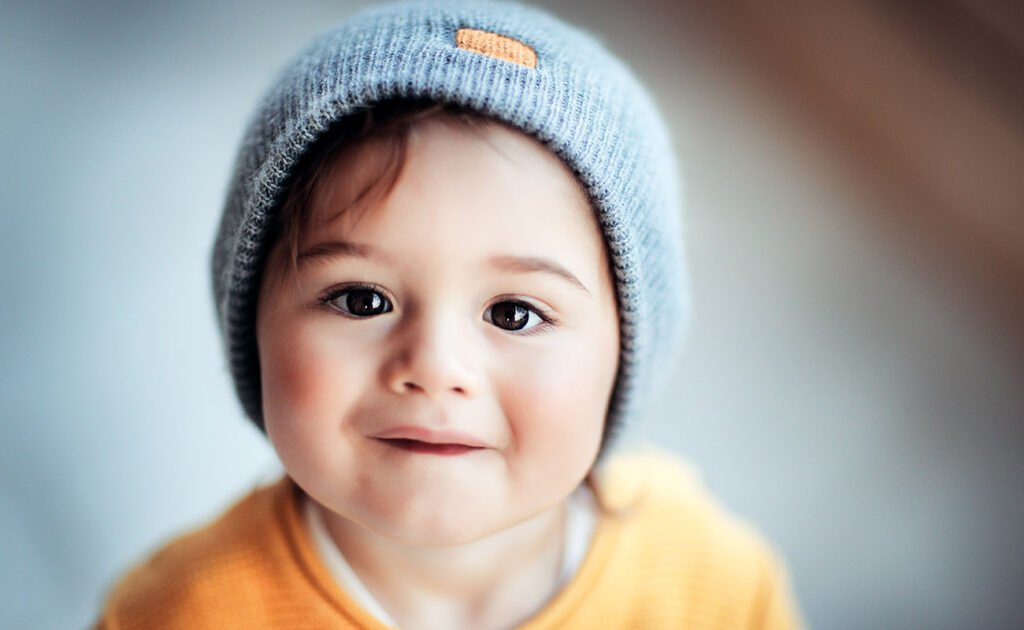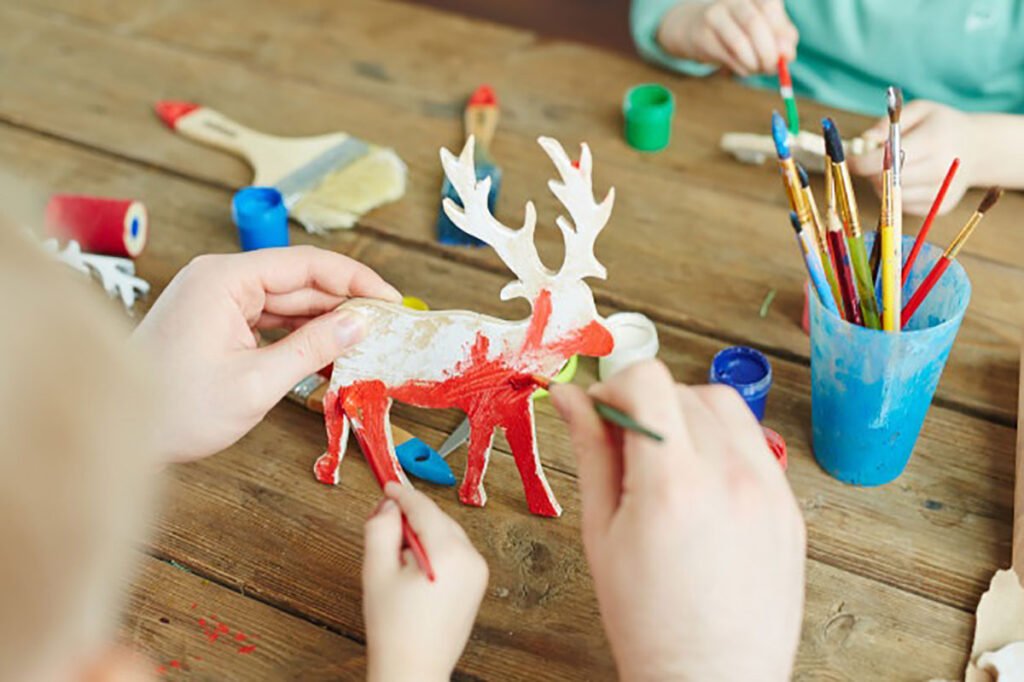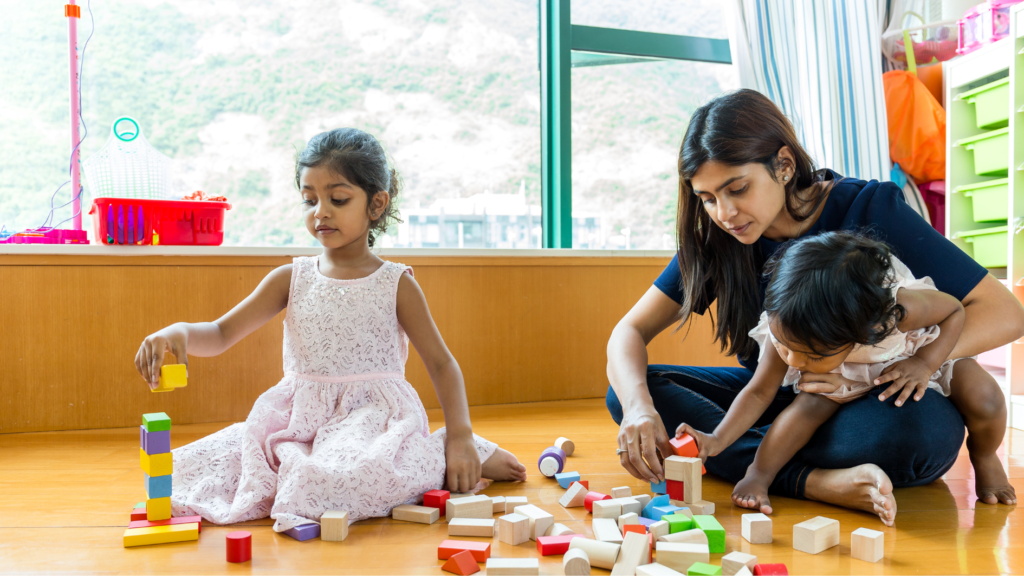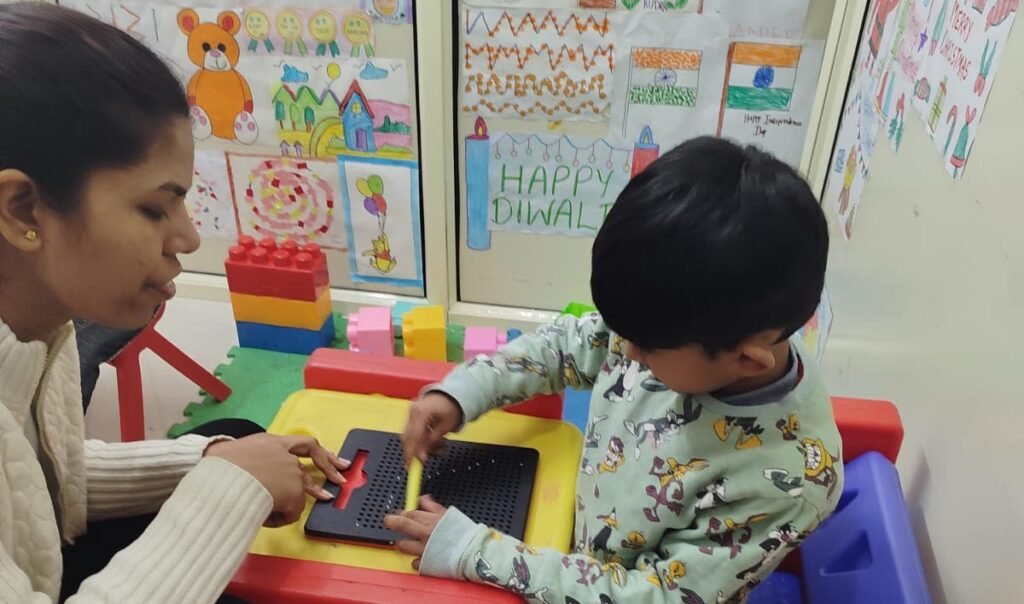Everyone remembers the movie Taare Zameen Par and the heart-wrenching journey of little Ishaan Awasthi. We cried with him, rooted for him, and sighed in relief when someone finally understood him. But what most of us don’t realise is that Ishaan’s story is not fiction for many children; it is their everyday reality.
Children with learning disabilities and special needs face immense challenges that often go unnoticed or misunderstood. The pressure to keep up in mainstream classrooms, the fear of being bullied, the sting of insensitive comments from peers or even teachers, these can be deeply damaging. That’s where Special Education steps in — not just as a support system, but as a transformative approach to learning and living.
Here are the top 5 benefits of special education for children:
- Learning that fits the child
Every child gets a special learning plan made just for them.
- Better speaking and making friends
Children learn to talk better and play or work nicely with others.
- Easier reading, writing, and learning
Special ways of teaching help kids understand subjects more easily
- Feeling more confident
Children feel happy and proud when they are understood and supported.
- Learning everyday life skills
Children also learn important skills such as dressing, eating, and managing their time.
Below are the core technical components and approaches that we employ at Future Wings Clinic when it comes to special education:
- Individualised Education Plan (IEP)
Every child in special education has a legally mandated Individualised Education Plan, developed in collaboration with educators, therapists, parents, and sometimes the student.
Key Components:
- Baseline assessment of current skills
- Specific short- and long-term learning goals
- Customised instructional strategies
- Evaluation criteria and review timelines
IEPs ensure that teaching is goal-directed, measurable, and tailored to a child’s unique abilities.
- Multi-Sensory Teaching Approach
Children with learning disabilities often benefit from multi-sensory instruction, which engages more than one sense at a time—visual, auditory, kinesthetic, and tactile.
Examples:
- Tracing letters in sand or clay (tactile + visual)
- Using colour-coded blocks for math (visual + kinesthetic)
- Singing phonics songs (auditory + rhythmic)
This approach improves memory, attention, and concept clarity by reinforcing learning through multiple channels.
The adversity you experience in your walk as a parent with a special needs child will never compare to the accomplishments that you will experience.
Special Ed Resource
Recent Posts
- How Occupational Therapy Helps Special and Neurodiverse Children Lead Self-Dependent Lives
- How Occupational Therapy Helps Children With Special Needs In Developing Essential Life Skills
- Top Features of an Effective Speech Therapy for Kids
- Top Five Benefits of Enrolling in Special Education for Kids
- Early Signs of Autism – What Parents Need to Know
3. Orton-Gillingham Approach
This is a structured, sequential, and phonics-based technique used especially for children with dyslexia.
Focus Areas:
- Sound-symbol association (phonemic awareness)
- Syllable types and spelling rules
- Repetition and practice using visual and auditory cues
The method is individualised and cumulative, building foundational literacy skills step by step.
4. Assistive Technology
Technology plays a critical role in bridging learning gaps for children with special needs.
Tools:
- Text-to-speech software for children with reading difficulties
- Speech-generating devices for non-verbal children
- Braille readers and magnifiers for the visually impaired
- Adaptive keyboards and switches for motor difficulties
These tools empower children to communicate, read, write, and participate in classroom activities.
5. Task Analysis and Scaffolding
Children are taught complex tasks by breaking them into smaller, manageable steps (task analysis) and gradually reducing support (scaffolding).
Example:
To teach handwashing:
- Turn on the tap
- Wet hands
- Apply soap
- Rub for 20 seconds
- Rinse and dry
Each step is practised individually until the child can complete the entire task independently.
6. Visual Supports and Structured Environment
Visual cues such as schedules, charts, and flashcards are used to:
- Clarify instructions
- Ease transitions
- Reduce anxiety
Classrooms are often arranged in predictable routines to help children focus and feel secure.
At Future Wings Clinic, Special education is a carefully planned, technically driven, and compassionately executed system designed to bring out the best in every child. It combines pedagogical science, behavioural psychology, and technology to address barriers to learning and foster a more inclusive and equitable educational experience.
By using these approaches, we make a conscious effort to provide a better nurturing environment for your child to be in.
Suppose you are seeking Special Education in Delhi. In that case, we have an excellent staff with years of experience, guided by Dr. Dinesh, who customises Special Education plans according to the child’s needs.

